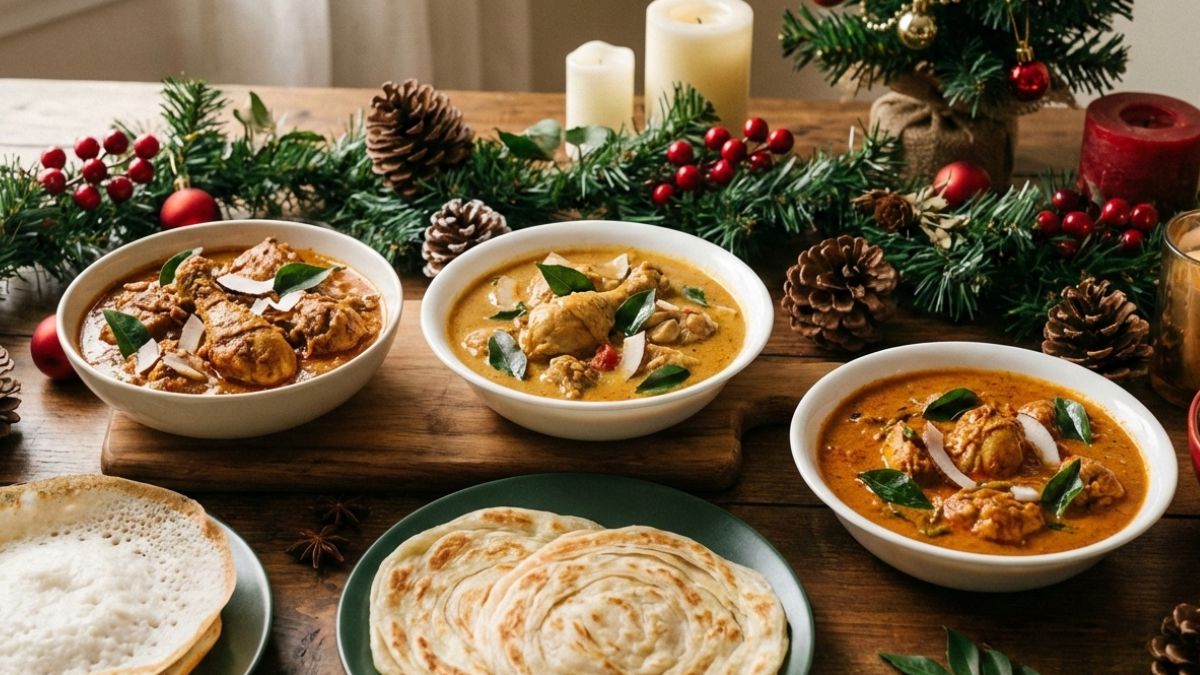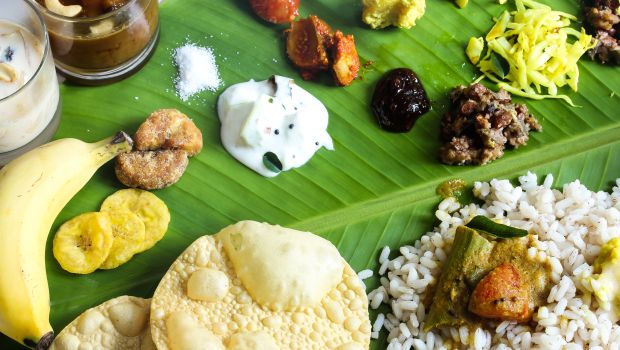Almost every Hindu home wakes up to a surreal sight full of golden hues on Vishu, the beginning of the New Year. Vishu typically falls in the middle of April (on the 14th this year) and is a festival that heralds auspicious new beginnings. Typically, the senior most woman in every household arranges the Vishukani on the night before the festival. Kani literally translates into ‘first sight', the lady of the house blindfolds every member of the family and leads them to witness the Vishukani. It's the perfect, auspicious beginning to the year; the Kani features ‘ashtamangalyam', the eight essential elements that include a traditional Mundu, a religious text (typically The Bhagavad Gita) and a mirror.The Vishukanni also features gold ornaments or a coin, traditional fruits and vegetables like a golden cucumber and the golden yellow konna poo (flowers from the golden raintree or the Cassia fistula). One of the other traditions of Vishu is the Vishukkaineetam, where the older members of the family gift younger members with money along with their blessings. Kerala is one of the few states in India where Deepavali is not a major festival. Fireworks are usually reserved for Vishu in Kerala homes. Vishu typifies a Kerala celebration – beautiful aesthetics and understate elegance. It's the same elegance and harmony you witness at a traditional Kerala Hindu wedding. That's not the only common thread. It's also the Sadhya or the large vegetarian feast laid out on a banana leaf. For beginners, this can be complex; yet the dishes on the Sadhya are undeniably delicious with flavours that swing from sour to spicy to sweet in a space of just 20 minutes.
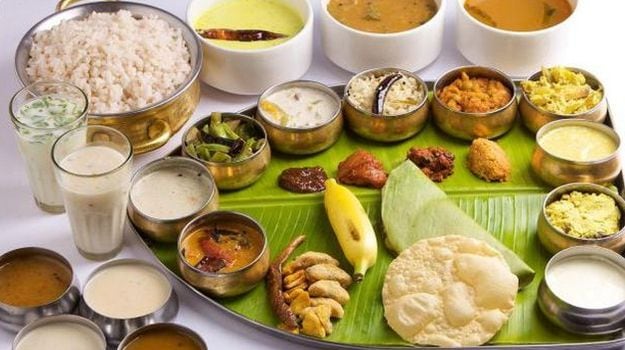
What Dishes Feature in the Vishu Sadhya?The Vishu Sadya is almost identical to a Wedding Sadhya - the top half of the leaf is reserved for accompaniments and the bottom half for the staples and mains as in the case in most South Indian Banana Leaf Meals. The sequence of service is usually left to right of your leaf. The meal kicks off with a pickle – usually the traditional raw mango pickle with minimal 'marination' and Puli Inji, a hot and sweet ginger chutney. The ubiquitous Kerala banana chips are an integral part of the meal and a Thoran where a vegetable (usually cabbage or beans) is stir fried with generous quantities of coconut.
The Kaalan is next; it might look like the Avial but the cooking process is very different. It is usually just one vegetable (mostly yam) cooked on a low flame with Sour yoghurt and coconut. The Olan, a dish made usually with pumpkin or ash gourd and simmered with mild flavoured coconut milk follows the Kaalan. No Sadya is complete without an Avial, a medley of vegetables in curd and coconut seasoned with curry leaves and coconut oil and of course the fluffy Kerala Papadam. Many Sadhyas also feature the Erucheri, pumpkins in a gravy of fried coconut, and the Kootu Curry, a mix of vegetables and Bengal gram. Rice (traditionally the par-boiled Kerala rice) is the only staple and is served first with a dal and ghee, followed by Sambar, Rasam and thick buttermilk towards the end of the meal. The Sadhya finishes on a sweet note with one or two Payasams (kheers). My favourite is the Paal Ada Pradhaman, which tastes best when cooked in large quantities where the long cooking process and the wood-fired ovens lend this Payasam a lovely pink tone. The other Payasam is usually a brown colour one and could be a Parippu (lentil-based) Payasam or the Goduma (wheat) Payasam.
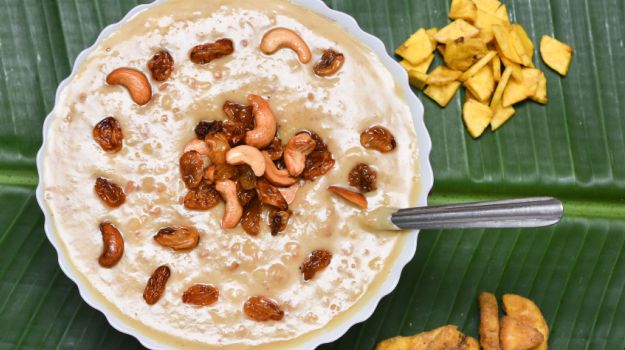
Seasonal Ingredients in the SadhyaThe Vishu Sadya often incorporates seasonal ingredients. There's a Maanga (mango) Kalan or Chakka (jackfruit) Erusseri. There are also regional variations like Vishu Katta, a rice pudding from Northern Kerala crafted with coconut milk and sugar. This dish has similar textures of the Thai sticky rice that is served with fresh mango. Some parts of the erstwhile Travancore region serve a Kadala Parippu (Bengal gram) Payasam. Many homes also serve a Vishu Kanji (porridge) that's made with black eye bean, jaggery, rice and coconut milk for breakfast along with Papadam and Chakka Kootu Kari.Not long ago, most homes would cook up an entire Sadhya (that can contain up to 15 dishes) from scratch. These days it's quite common for families to turn to a wedding cook or a caterer for a Sadhya. If you think 15 dishes is overwhelming then you must make a trip to the Aranmula temple that serves the legendary 64-item Vallasadya, a tradition that is believed to date back 700 years. Certainly, a feast fit for a king. I'll gladly settle for a Vishu Sadya with 13 or 15 dishes; the perfect way to start a new year.
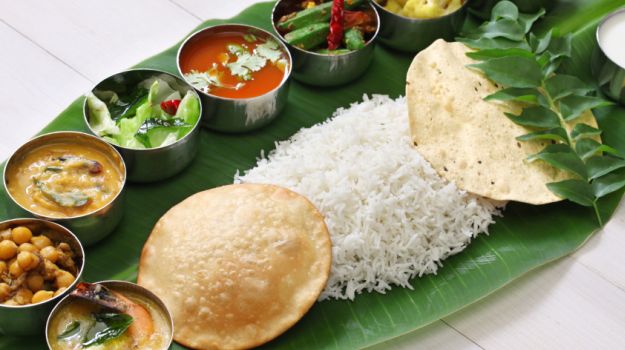
About the Author:Ashwin Rajagopalan is a Chennai-based writer who writes on topics related to food, gadgets, trends and travel experiences. He enjoys communicating across cultures and borders in his weekday work avatar as a content and editorial consultant for a global major and one of India's only cross cultural trainers.Disclaimer:The opinions expressed within this article are the personal opinions of the author. NDTV is not responsible for the accuracy, completeness, suitability, or validity of any information on this article. All information is provided on an as-is basis. The information, facts or opinions appearing in the article do not reflect the views of NDTV and NDTV does not assume any responsibility or liability for the same.
About Ashwin RajagopalanI am the proverbial slashie - a content architect, writer, speaker and cultural intelligence coach. School lunch boxes are usually the beginning of our culinary discoveries.That curiosity hasn’t waned. It’s only got stronger as I’ve explored culinary cultures, street food and fine dining restaurants across the world. I’ve discovered cultures and destinations through culinary motifs. I am equally passionate about writing on consumer tech and travel.








